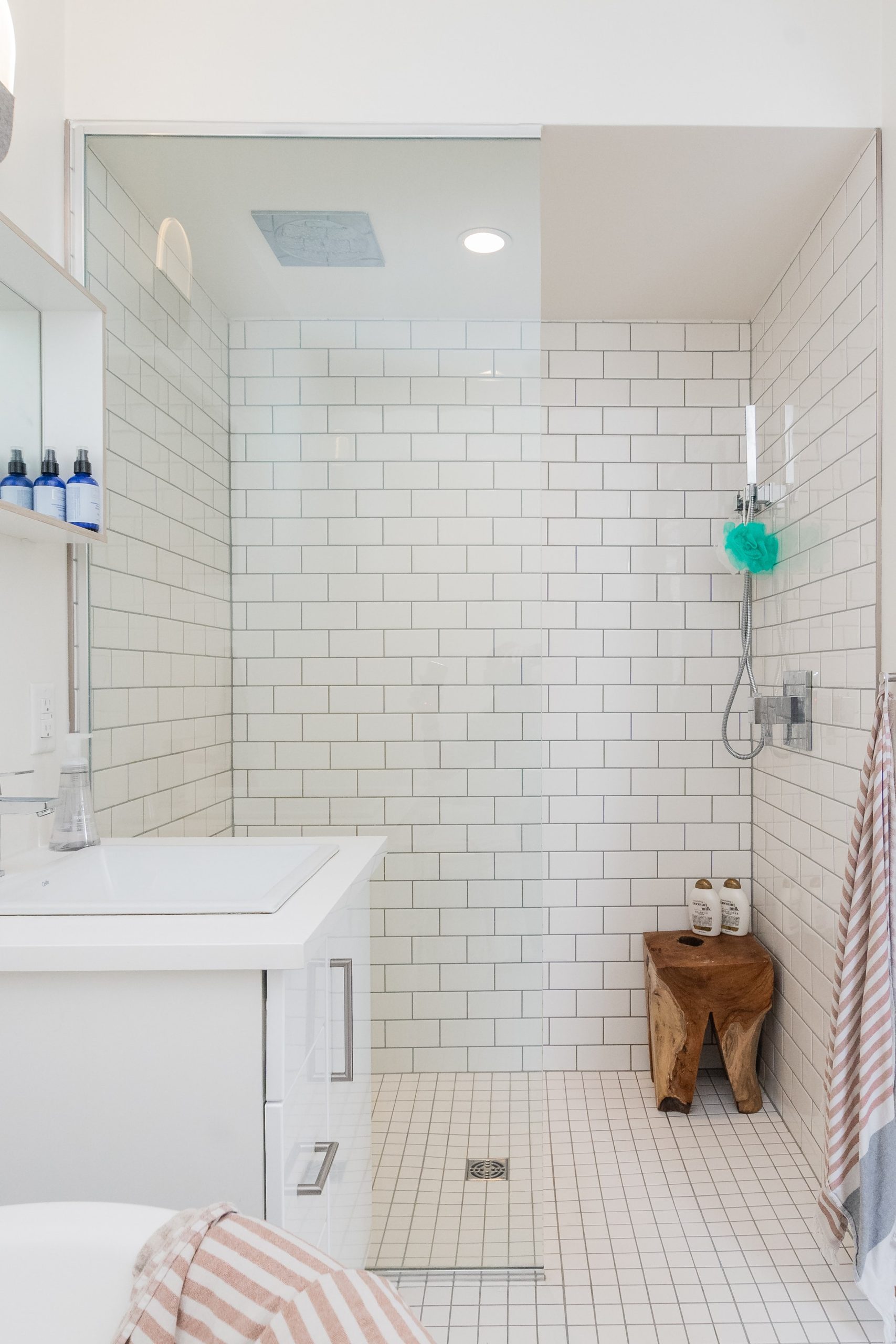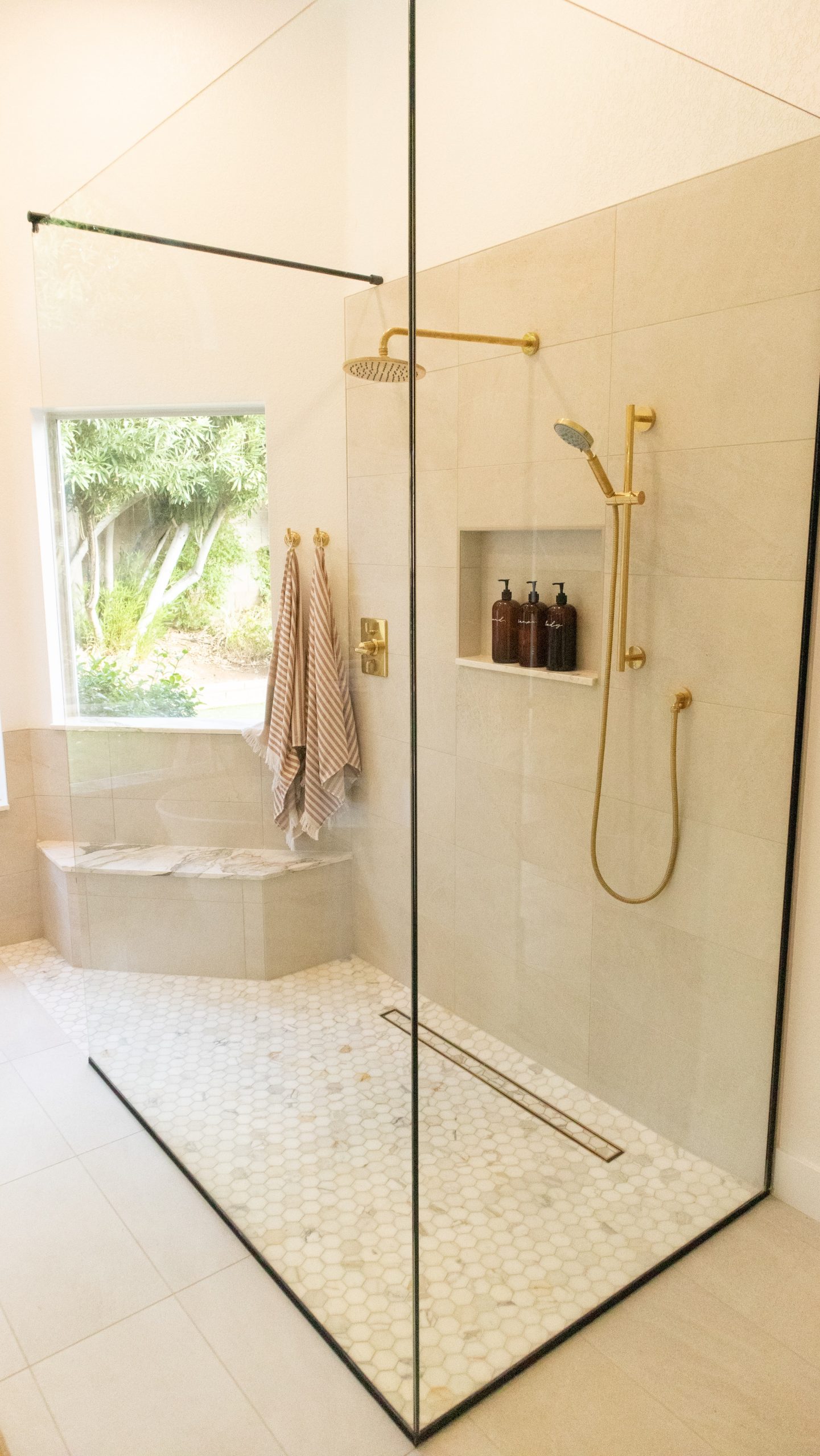A bathroom is a particularly technical space where rules and standards must be strictly applied in terms of electricity. This is to avoid any risk of electrocution. So how do you know if the electricity in a bathroom meets the standards? So, without further ado, let’s dive into this blog and learn some of the things you need to know about bathrooms.
Check the volumes defined by the NFC C 15-100 standard

Low voltage electrical installations are governed by the NF C 15-100 standard. This standard is composed of several safety rules related to the installation itself but also to the use of the network. Those a bathroom must respect a precise framework in order to coexist with the water installation. Thus, they will be more practical to use and will not represent any danger to people. To this effect, the NF C 15-100 standard imposes three safety zones in the shower or bathtub area.
Volume 0
This is the space occupied by the shower or bathtub. Since there is an immediate proximity to water, no electrical appliances must be in this area. This rule applies to the space under the shower tray since the hidden volume is accessible through a trap door.
Volume 1
This space is limited by the edges of the shower tray and at the height of 2.25 m above it. Water can easily splash into this volume, so it is possible to install only a switch or an instantaneous water heater. It is also possible to install only a 12 V extra-low voltage safety light with an IPX 5 rating or a class I storage heater. The installation of one of these devices must be grounded.
Volume 2
This space includes 60 cm around the receiver (volume 1). In this area, the presence of many electrical elements is tolerated. For example, you can find a class II or 12 V extra-low voltage lighting, a class II towel dryer, and a 12 V extra-low voltage switch. You can also find a class I instantaneous or storage water heater and a 20 to 50 Va shaver socket. Use a general electrical company to facilitate all your requests.
Despite these regulated distances, it should be noted that there is a final area that represents the rest of the bathroom. This is called the “non-volume” area. It is possible to install switches, outlets, lighting, and electrical appliances in this area. It is also possible to install a heater, a dryer, or a washing machine.
Check the IPX rating of the elements.
The standards relating to the IPX protection index of the elements of a bathroom make it possible to determine the waterproofness of equipment. Indeed, three values are concerned with a bathroom. The first (IPX 4) guarantees protection against water splashes from all angles and splashes. The second (IPX 5) protects against water jets under pressure, and the third (IPX 7) protects against temporary immersion. Note that the higher the rating, the better the protection.
Check the location of electrical outlets

In a bathroom, the outlets must meet their modes of use but also must be related to the safety of people. Indeed, if the presence of an outlet next to a sink is practical (to connect an electric lawnmower or a hair dryer), it should first respect the distance between the two elements.
Secondly, it should be noted that the volume of a shower or bathtub determines the distance to be respected with an electrical outlet. Taking these volumes as a reference, electrical outlets and switches must be installed “outside the volume”.
Sound off in the comments section below, and tell us what you want to read next and if you want to read more about your bathroom.


